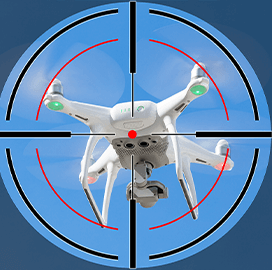
Tracking system
US Army Eyes Phase 2 of HADES Program by Late Summer
The U.S. Army plans to proceed with the next phase of the High-Accuracy Detection and Exploitation System in the coming months.
The HADES program is part of the Army’s Multi-Domain Sensing System, an effort that aims to modernize the service’s aerial artificial intelligence systems, platforms and sensors. The anticipated HADES platform is expected to track unmanned vehicles from a longer distance, and it is designed to track threats in the stratosphere.
Dennis Teefy, the lead official for the HADES program, said in an interview that the solution must be globally deployable, sustainable and easily transportable. He added that the Army needs sensors that can match up with near-peer adversaries.
The military branch expects to award an other transaction agreement in late summer and could issue Phase 2 OTAs to both L3Harris Technologies and Raytheon Technologies, FedScoop reported Wednesday.
In June 2021, the service awarded Phase 1 OTAs to L3Harris and Raytheon to demonstrate, develop, build and integrate prototype electronic intelligence and communications intelligence sensors under the HADES program.
In the second phase of the HADES program, the Army will select the best sensors, upgrade software and address issues that will be spotted during testing. The service plans to use a commercial jet to test the anticipated HADES platform’s capabilities.
According to Teefy, using an unfamiliar platform like commercial jets can allow users to learn about unique challenges as capabilities increase. Doing so, he noted, would give operators the ability to expand how they use the system and feed new information into the training cycle.
The HADES program will take advantage of the lessons learned from feeder efforts such as the Airborne Reconnaissance Targeting Exploitation Mission Intelligence System and the Airborne Reconnaissance and Electronic Warfare System. According to Teefy, both ARTEMIS and ARES showed their ability to be deployed globally and can be used at a higher altitude and on various aircraft platforms.

Category: Future Trends




